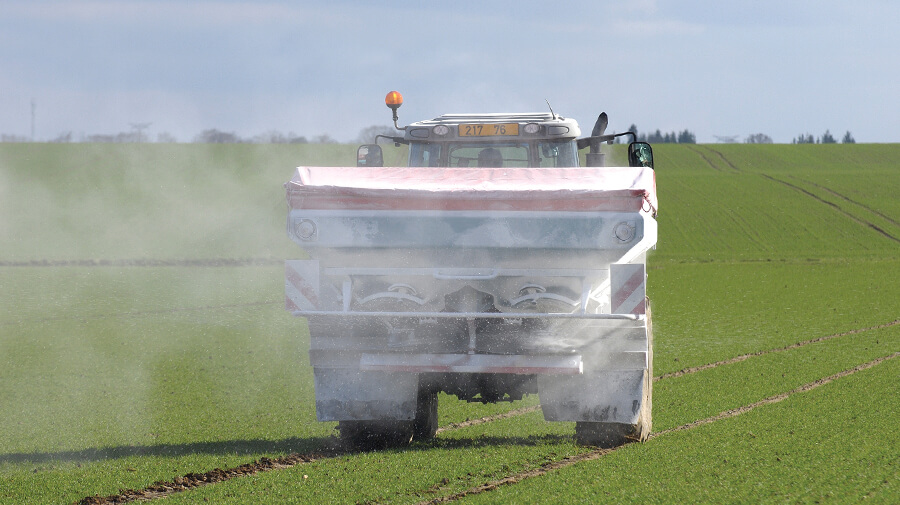
Latest
News
‘Unprecedented’ is the new norm
Talking to farmers and advisers there are several common topics everyone wants to discuss: unprecedented farm input costs; where are prices going; and when will costs be coming down?

Economics 101
Supply and demand will always determine price and volume, no matter if it is farm produce or farm inputs. And the spread of globalisation means we are more connected and therefore subject to international events and their impact on price. The recent spike in global fertiliser prices was driven by some of the same fundamentals as in 2007/08, but this time around there is also the overlay of supply chain disruptions from COVID. However, the conflict in Ukraine and the resulting impact on the global supply of fertilisers and grains, has taken us even deeper into unknown price/supply territory. The countries impacted (both directly and through sanctions) are significant suppliers of these globally traded commodities.
Where are prices heading?
In times of high prices, major importers and exporters will leverage to secure lower or higher prices respectively. The result is fluctuation and volatility in prices. However the fundamentals in key markets like the USA are highlighting that while fertiliser affordability has reduced, it is continuing to be offset by increases in the value of cereals and grains. This in turn supports high prices and continued volatility, which is not great news for anyone. While the additional cost for many growers is offset by higher farm gate prices for produce, this isn’t true for all, with several agricultural sectors (notably viticulture and horticulture) facing flat or lower farm gate prices.
How can growers respond?
Whether it be due to input prices being too high or produce prices too low, for some growers, the only option they can see is to cut back on inputs. We saw this over the last season with a large reduction in micronutrient use. If farm returns remain low or key input costs keep rising, then further cuts are made often reducing the use of key nutrients such as phosphate and potash, with synthetic nitrogen fertilisers applied ‘if things’ improve or a good season occurs. But beware! This short-term cost-cut fix of reducing critical nutrition comes with the long-term risk of degrading your soil fertility. Down the track, your soil may not be able to perform its essential role for your crops, resulting in low yield and/or reduced quality and therefore reduced returns.
What’s a less risky approach?
Maintaining soil fertility rather than mining your soils in the hope of better years to come has many more benefits and is less risky in the long term. Your soil is your largest and most valuable long-term asset. Soil is the backbone of every farmer’s livelihood.
Healthy soil biology is essential for healthy crops and simple, cost-effective maintenance of your key asset is essential. Farmers invest in maintaining equipment so it is working at its peak when required, and soil health maintenance should be considered with the same mindset.
Healthy soils enable farmers to quickly respond with high yields and quality when the ‘good times’ return. Risks of disease and erosion are minimised as healthy strong plants can protect themselves and don’t require pesticides, and healthy soils support better water and nutrient use efficiency.

How BioAg can help
The improvement of soils for the improvement of crops, pastures and animal health is the founding principle of BioAg. We want to work with growers to help you understand the status of your soils using accredited soil, leaf, and tissue testing, identifying issues present, taking into account planned grazing or cropping, and understanding your available resources and your appetite for introducing some changes into your farming practices.
BioAg’s scientific approach to improving your soil fertility will:
• Ensure the right balance of nutrients in your soil, avoiding applying nutrients already present which is wasted money.
• Avoid nutrient imbalance which can drive nutrient losses and is a risk to crop health.
• Show you how to incorporate more sustained release fertilisers to reduce losses and reduce fertiliser costs.
• Improve soil properties to enhance water use efficiency and plant vigour, reducing the cost of irrigation and or chemicals.
• Provide a greater understanding to the risks of reducing fertility, especially in permanent plantings.
The BioAg team have the knowledge backed by 30 years of research and development in natural fertilisers and biostimulants to transform the health of your soil. The BioAg website details many case studies and trials for you to review and see the results being achieved, and our sales team can link you up with customers to talk with regarding their experience in improving their soil health.
Contact your local BioAg Area Manager for a chat – we want to share our knowledge with you for Better soils. Better crops. Better stock.

Recent Comments